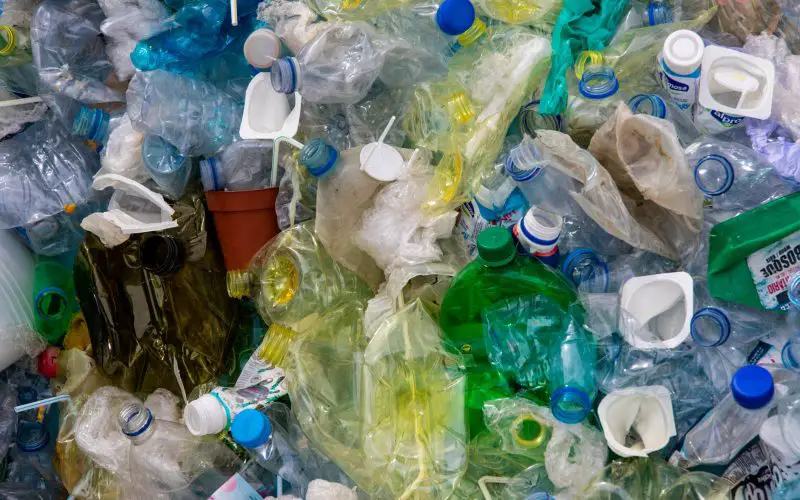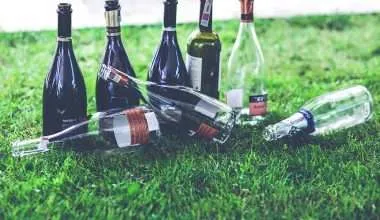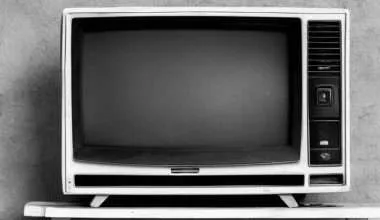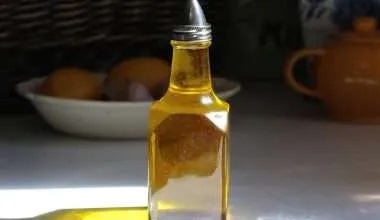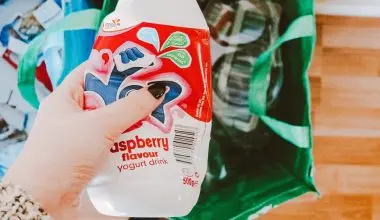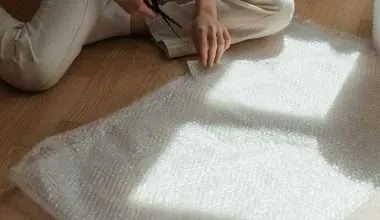Table of Contents Show
Plastic is being used for almost everything and It’s being used everywhere! Its production has doubled over the last decade making it one of the fastest rise in demand for any man-made product. Plastic can be found wrapped around our food, in our homes, in automobiles and much more.
Although plastic is a very useful product for us, it has a significant toll on the environment. This is because most of the plastic being manufactured is from non-renewable resources such as petroleum. It is now that we have eventually realized the detrimental consequences of plastic pollution and started taking measures to prevent it.
One way of preventing the effects of plastic pollution is through recycling of plastic. The good thing about plastics is that they can be recycled to make various new products. This process has become increasingly efficient in the past few years. Recycling reduces the release of carbon dioxide, greenhouse emissions and saves quite a bit of energy in the process.
So how does plastic recycling take place? We’ll guide you through the step-by-step process of how plastic is recycled and made into a new product for commercial use.
1. Collection:
All the plastic material needs to be collected before the recycling process can begin. A lot of reliance is placed on the people to properly dispose the plastic so that it can be collected by respective authorities. Plastic should not be disposed with normal waste as then it cannot be recycled. It’s the government’s responsibility to properly collect plastic from all parts of the cities and remember, it’s not an easy job for the government so the least you can do is dispose off plastic properly as you obviously understand the benefits of doing so.
I can’t go on explaining enough about the necessity of recycling to make you recycle your plastic. The benefits of recycling do outweigh the precious seconds it takes you to separately recycle your plastic.
2. Sorting:
When the collection of plastic is completed, the next step in the process of recycling is sorting. The plastic is sorted by the machines according to various properties of plastic set by the authorities involved in the recycling process. The importance of plastic sorting is that different plastic is processed in different ways and sometimes a recycling facility may be unable to recycle a particular type of plastic. For example, Plastic no. 7 can’t be recycled! If a wrong type of plastic is recycled there is a chance that the entire batch may have to be sent to be resorted. Plastic are separated on the basis of color of the plastic, the type of plastic or how the plastic was initially made.
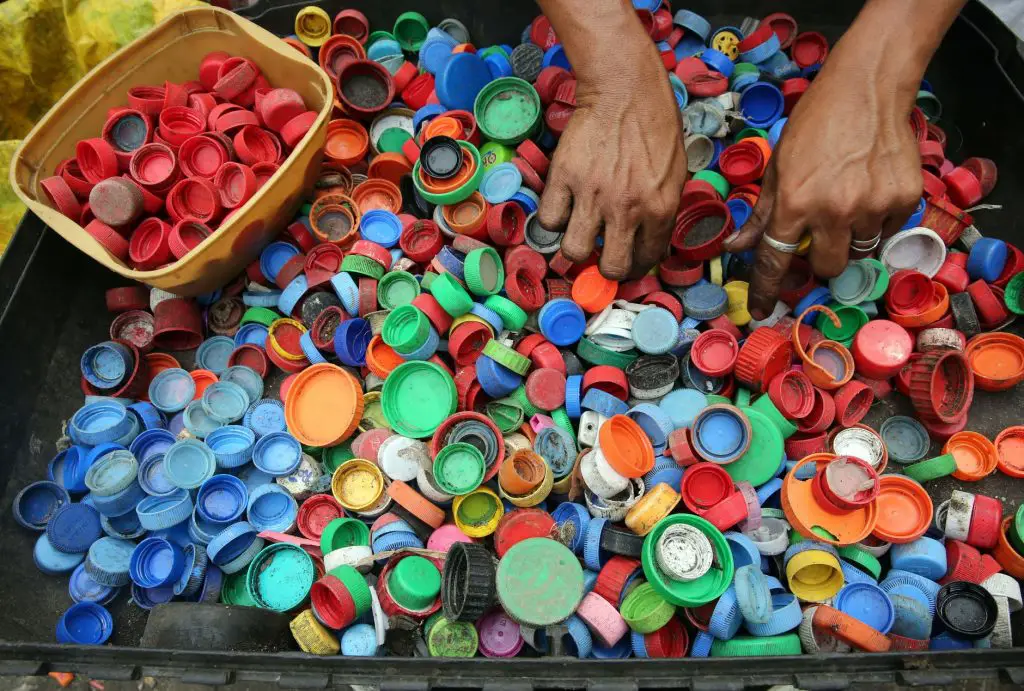
Does the Color of the recycled plastic really matter?
As i was talking about sorting, you must’ve noticed how I slanted the line when talking about the color of plastic. This is because the color of recycled plastic matters quite a bit! The best option when buying recycled is clear/transparent. This is because the plastic can now be dyed in any color. The next best color suggested by recycled plastic buyers is white because that can also be covered by any form of dye to hide the color beneath.
With opaque or dyed plastics, the only colors that can be applied on them are either darker colors or just plainly black. Due to such reasons, the companies remove the darker plastics as contaminants and remove them from the lot while sorting. The darker plastics are then just disposed off. It’s because if there’s no demand for darker plastics, the recycling companies cannot afford to waste resources on them since their prices won’t be able to cover the costs or even compete with the price of virgin polymers.
3. Washing:
To remove all the impurities and constituents that do not contain plastic, the plastic is washed. This is because the non-plastic materials are unable to be recycled and can reduce the efficiency of plastic recycling processes and hence need to be washed and removed to maintain efficiency. The impurities could also interfere and quite possibly worsen the quality of the recycled plastic.
4. Resizing/Reshaping:
The objective of this process is to convert the particles of plastic into smaller shapes which in turn increases the surface area making it easier to process or transport the plastic if necessary. Usually the smaller shape is in the form of ‘plastic beads’ which are then molded by manufacturers to make products out of them. The process also gives an opportunity to remove any non-plastic material.
5. Identification and separation of plastic:
The quality and class of the plastic material is evaluated. The first thing that is tested is the density of the plastic; this is done by floating the particles in water. The more dense particles will sink whereas the less dense particles will float. Then the thickness of the plastic is determined, this is called “Air Classification”. The particles are dropped in an air tunnel; the heavier ones will remain low while the lighter ones will fly higher. The batches of plastic are also tested and analyzed for the color and melting points. This process goes along much smoothly if the sorting of plastic has been done the right way.
6. Compounding:
This is the last and most exciting step. It is in this step that the plastic is converted into a recycled material that can be used in the future. The small particles are smashed together and melted to form pellets. These pellets can be used to make new plastic products; this process is known as “Compounding”. The process is highly energy consuming and the plastic needs to be moved to various parts of the plant to complete various processes.
More research needs to be done on this process to reduce the energy consumption of compounding and increase efficiency while carrying out this process.
Recycling of a plastic bottle:
You bought a water bottle from your local supermarket, you drank all the water from it and now you throw it into your bin. You may wonder what will happen to it after it has been disposed of. Well the first thing that happens is:
- The plastic bottle is collected by the recycling facility. You may also opt to deliver all your plastic goods to the nearby recycling facility and help ease the burden.
- Next the sorting process commences as all the non-plastic material is separated from the plastic which is to be recycled. This process requires a combination of both manual labor and automatic machinery.
- The plastic is then sorting according to the type of plastic they are made of. Some recycling facilities may not be able to process a specific type of plastic and may choose to transport it somewhere else which can process it.
- The plastic is grounded into flakes and chips and then washed to remove any impurities that it may contain.
- The plastic is converted into pellets which may allow it to be converted into a new product.
- Furniture, tires, carpets, mats, motor oil, and pipes are some of the examples of products that may be formed from recycled plastic.
How to make sure your Plastic is Recycled?
When understanding how plastic is recycled, one should also know people’s roles in making sure that their plastic is recycled and not just thrown away. The guidelines of recycling need to be followed explicitly as any mistakes in the process or contamination of the petroleum-based plastic may lead to improper recycling of the plastic eventually leading to the material being thrown away in the landfills. Biodegradable plastic, heavy metals and dyes may all halt and reduce the efficiency of plastic recycling.
If the user doesn’t dispose the plastic properly, there is a huge chance that it may never get into the right hands to be recycled eventually; thus this process might as well be the most crucial step of recycling.
So Remember;
- All plastic bottles and food containers can be recycled, so don’t hesitate to leave any of them behind when heading to the recycling center
- We should wash them properly before disposal to reduce the contamination of the plastic with other impurities such as food
- The caps of the plastic bottles should also be removed before disposal as they are made of a different type of plastic and hence cannot be processed by local recycling facilities
These few tips may help increase the efficiency of the recycling companies and save them time in the recycling process. Let’s say if all of us sort out our plastics beforehand, we could possibly save the recycling company enough time to recycle double the amount of plastic bottles!
What type of plastics can be recycled?
Most of the plastic material contains a code number printed on the back of them, indicating the type of plastic it is. This printing of the code number has become more and more frequent as the demand for recycling and its importance has increased.
According to the code number type 1, 2, 4 and 5 which are PET, PEHD, PEBD and PP can be recycled respectively. These plastic are different type of polypropylene and polyethylene and are the most common type used today.
How much plastic is recycled?
The production of plastic which began almost 60 years ago has culminated in 8.3 Billion metric tons of plastic. About 91% of plastic isn’t recycled which eventually ends up in the oceans leading to massive marine environment pollution which has dire consequences.
What Products are made from the recycled plastic?
More and more products are being produced from recycled plastic. The types of products that can be produced from recycled plastic are endless. There are positive signs as the products being made are increasing day by day. Sunglasses, skateboards and reusable bags are all being made from recycled plastic. As humans we must be aware of the effects plastic may have on our environment and take actions to reduce the adverse effects by increasing the amount of plastic that is recycled and creating awareness around us to recycle plastic.
The effort to reduce pollution and improve our lands and oceans starts from us!
